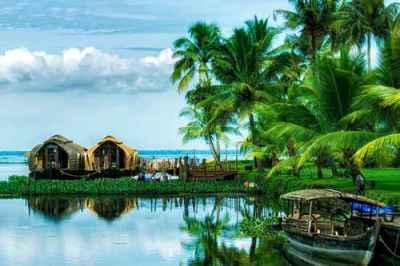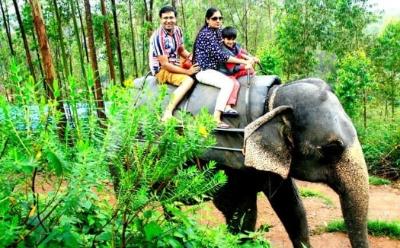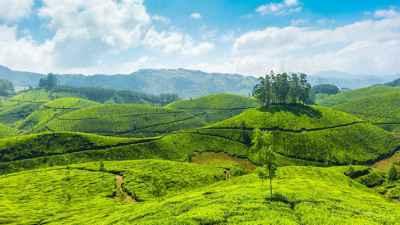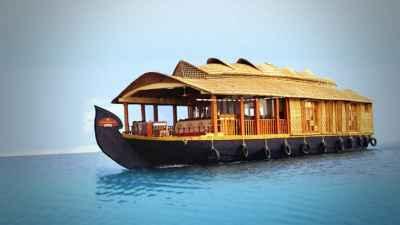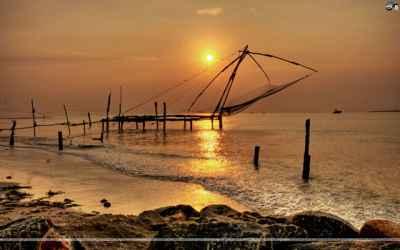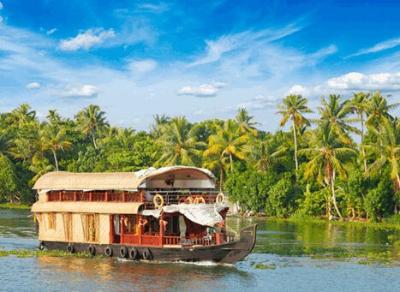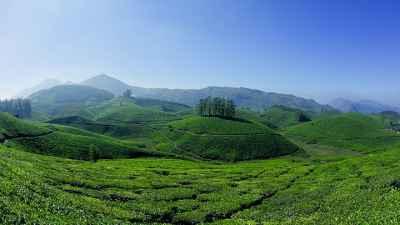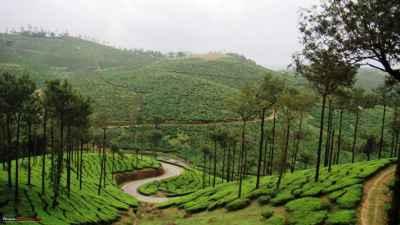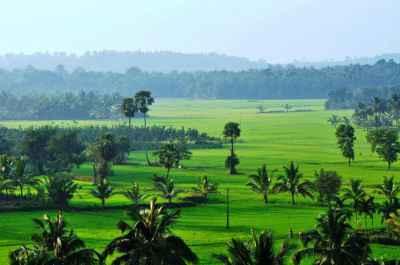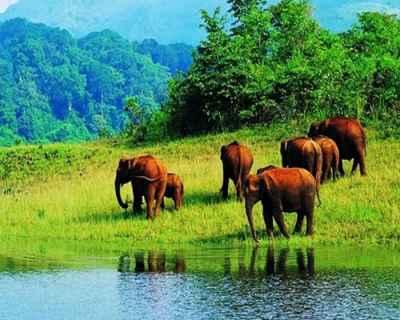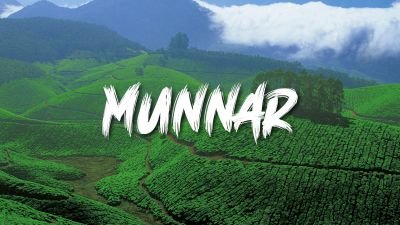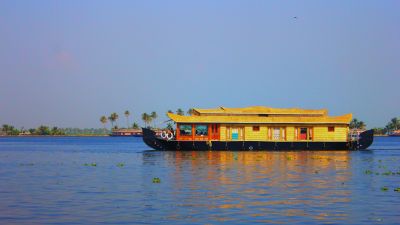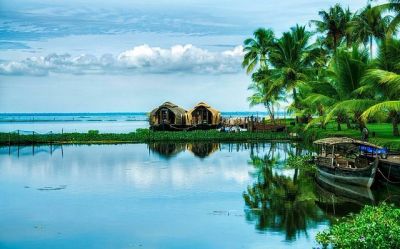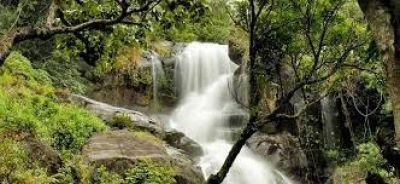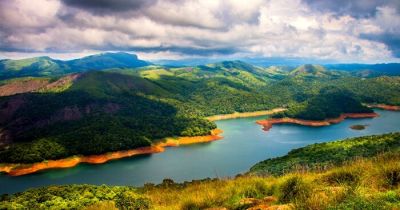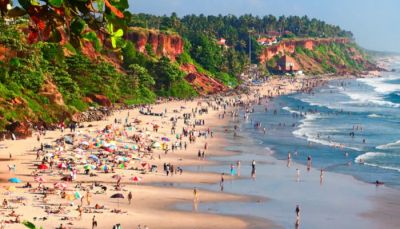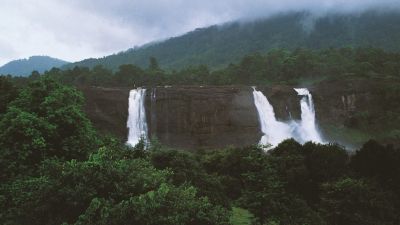The Tribal Art Forms of Kerala: A Closer Look
Kerala, known as "God's Own Country," is not only rich in natural beauty but also diverse in cultural heritage. One of the most significant aspects of Kerala's culture is its vibrant and unique tribal art forms. These art forms are an integral part of the tribal communities that reside in the deep forests and hills of Kerala. In this blog post, we will take a closer look at some of the fascinating tribal art forms of Kerala.
1. Theyyam
Theyyam, also known as Kaliyattam, is a popular tribal ritual art form that originated in the northern part of Kerala. It is believed to be one of the oldest art forms in the state and is performed in honor of deities, heroes, and ancestral spirits. Theyyam combines elements of dance, music, and traditional rituals.
The performers, known as Theyyam artists, belong to specific communities within the tribal society. They undergo rigorous training and rituals to become vessels of divine spirits during the performance. Theyyam is characterized by its elaborate costumes, vibrant makeup, and mesmerizing dance movements.
2. Padayani
Padayani is a unique ritual art form that originated in the central part of Kerala, particularly in the districts of Pathanamthitta and Kottayam. It is performed during the annual festival of the Bhadrakali temples. The word "Padayani" translates to "a row of warriors" and is a form of worship to the goddess Bhadrakali.
The highlight of Padayani is the procession of large, colorful masks known as Kolams. These masks represent various gods, goddesses, and mythical characters. The performers wear the masks and beautifully decorated costumes while dancing to the rhythmic beats of traditional instruments like drums and cymbals.
3. Thirayattam
Thirayattam, also known as Thirayattam Kali, is a lively tribal ritual art form practiced in the southern districts of Kerala, such as Kollam and Pathanamthitta. It is performed during temple festivals and other important occasions. Thirayattam is a form of storytelling through dance, music, and drama.
The performers, known as Koothu artists, narrate stories from the Hindu mythology and folklore through their expressive movements and gestures. The elaborate costumes and ornate makeup add to the visual appeal of Thirayattam. The rhythm is provided by traditional percussion instruments like Chenda and Ilathalam.
4. Kalaripayattu
Kalaripayattu is not just an art form but also a traditional form of martial arts that originated in Kerala. It is believed to be one of the oldest fighting systems in existence. The word "Kalari" means battlefield, and "Payattu" means fight. Kalaripayattu includes various physical exercises, self-defense techniques, and weapons training.
The practitioners of Kalaripayattu, known as Gurukkal, undergo years of rigorous training to master this ancient martial art. The performances include impressive acrobatic movements, sword fights, and the use of various weapons like sticks, daggers, and flexible swords. Kalaripayattu is not only an art form but also a way to enhance physical fitness and mental discipline.
5. Ayyappan Vilakku
Ayyappan Vilakku is a unique tribal art form performed in the forest regions of Kerala during the Makaravilakku festival at the Sabarimala temple. The performers, known as Ayyappan Vilakku artists, paint their faces and bodies to represent the deities. They dance to the rhythmic beats of drums and cymbals, creating a mesmerizing spectacle.
Ayyappan Vilakku is a form of devotion and worship to Lord Ayyappan, the presiding deity of Sabarimala. The art form is characterized by its fast-paced dance movements, energetic music, and vibrant costumes. It is believed to bring blessings and prosperity to the performers and the community.
Conclusion
The tribal art forms of Kerala are not just a source of entertainment but also a way to preserve and celebrate the rich cultural heritage of the tribal communities. These art forms have survived for centuries, passing down from one generation to another, keeping alive the customs and traditions of the tribes. Exploring the tribal art forms of Kerala is like delving into a colorful and enchanting world filled with music, dance, and ancient rituals.
If you ever get a chance to witness these art forms, make sure to embrace the cultural experience and appreciate the skill and dedication of the tribal artists. Kerala truly offers a unique and enriching journey into the world of tribal art forms.
Share this blog post with your friends and family to spread the wonders of Kerala's tribal art forms!
Disclaimer : The information provided in this blog is for general informational purposes only. While we strive to keep the content accurate and updated, TravelSetu assumes no liability for errors or omissions. If you believe any part of this blog infringes your rights or causes concern, please notify us immediately at info[at]travelsetu[dot]com so that appropriate action can be taken.
